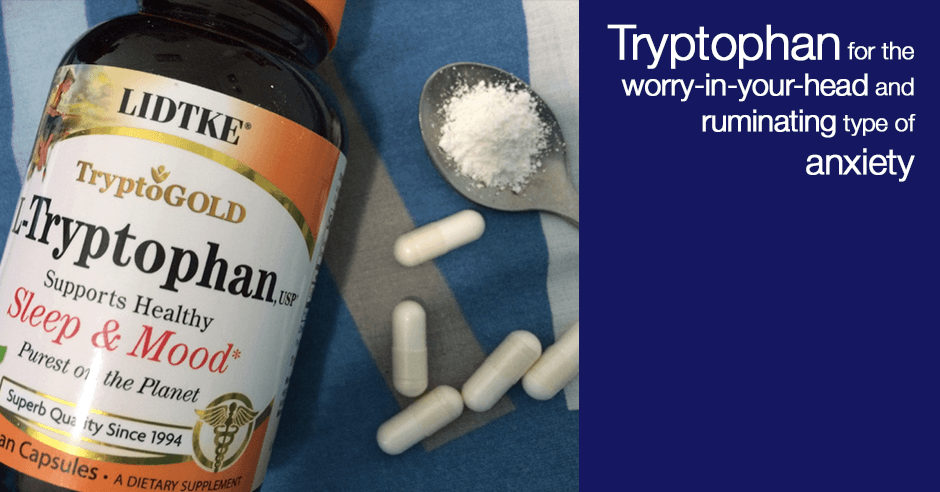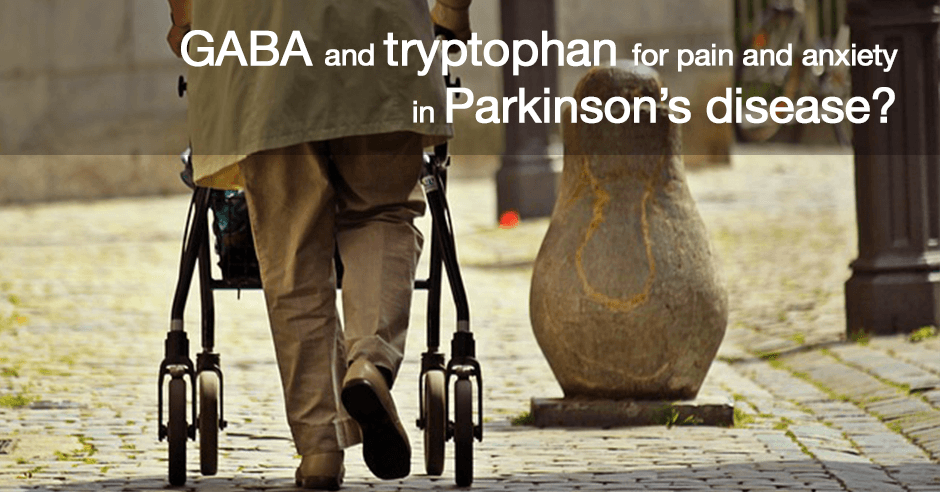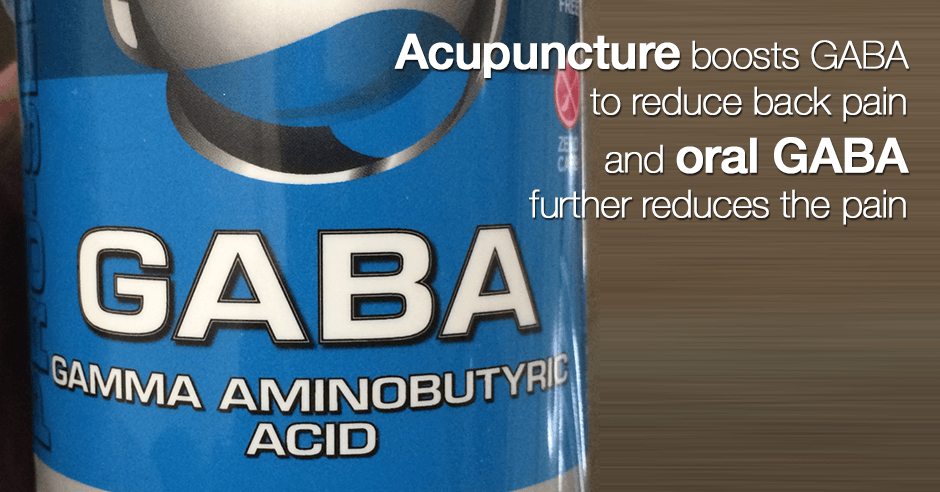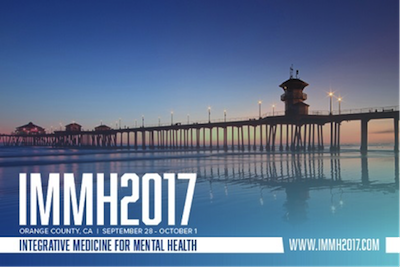My friend and colleague, occupational therapist Phaedra Antioco, is a pain expert, has been in pain herself, and she’s on a mission to help you heal. She is host of the Pain Treatments That Work 2.0 online summit that runs Sept 2 – 9, 2017.
She’s bringing together more than 25 experts, including me, to share unique and innovative approaches to pain healing—approaches that work when nothing else has. You’ll learn:
- Healthy ways to move your body, without pain, so you can get the exercise your body needs, and enjoy the myriad benefits including decreased anxiety, better health, and more fun.
- Tips for managing stress so you can find more joy in each day.
- How to find deeper meaning and more fulfillment in your life.
- How to let go of physical and emotional pain and get through your day happy and pain-free (Really! It is possible).
- Effective treatments that work … including some you may not have heard of.
I share more about my recent back injury and how I used GABA – sometimes in pretty high doses – to ease this recent pain and how I’ve used it and other approaches for the pain I’ve experienced in the past. Wow I hadn’t realized how much pain I’ve experienced in my life until I prepared for this interview (climbing injuries, car accidents, neck injury from poor posture at the computer, shingles, a tick bite and more!)
We also talk about the anxiety connection to pain and how fear can make us clench up and make the pain worse. And the role of GABA and tryptophan in this instance. Phaedra shares how much GABA helps her and her clients too!
I also asked Phaedra to share her expertise on pelvic floor adjustments:
Pelvic floor dysfunction commonly occurs from scars from abdominal/pelvic surgeries, childbirth, traumatic falls and injuries, and even too much sitting. Symptoms of Pelvic Floor Disorder in both men and women can cause chronic pelvic pain, inability to sit for long periods of time, urinary or rectal incontinence, painful intercourse, painful menstrual cycles in women and erectile dysfunction in men, to name a few.
Manual internal treatment of the pelvic floor, using a myofascial release and craniosacral therapy approach, makes an excellent treatment choice for pelvic floor dysfunction due to the gentle-nature of treatment techniques.
Pelvic floor treatment begins externally with releases of the abdomen and pelvis. Once a therapeutic relationship is established, internal treatment may be recommended. Results often include relief from pain, improved sitting, walking and sleeping, and better elimination!
I also share my concerns with using collagen and gelatin for healing and how they may actually be lowering serotonin levels and contributing to anxiety and depression in susceptible individuals
I see everyone raving about gelatin and collagen (and rightly so – they are amazing) and yet no-one is addressing that fact that gelatin is actually used in tryptophan-depletion studies to lower serotonin. And it really concerns me that this aspect is ignored
I do hope you can join us!















